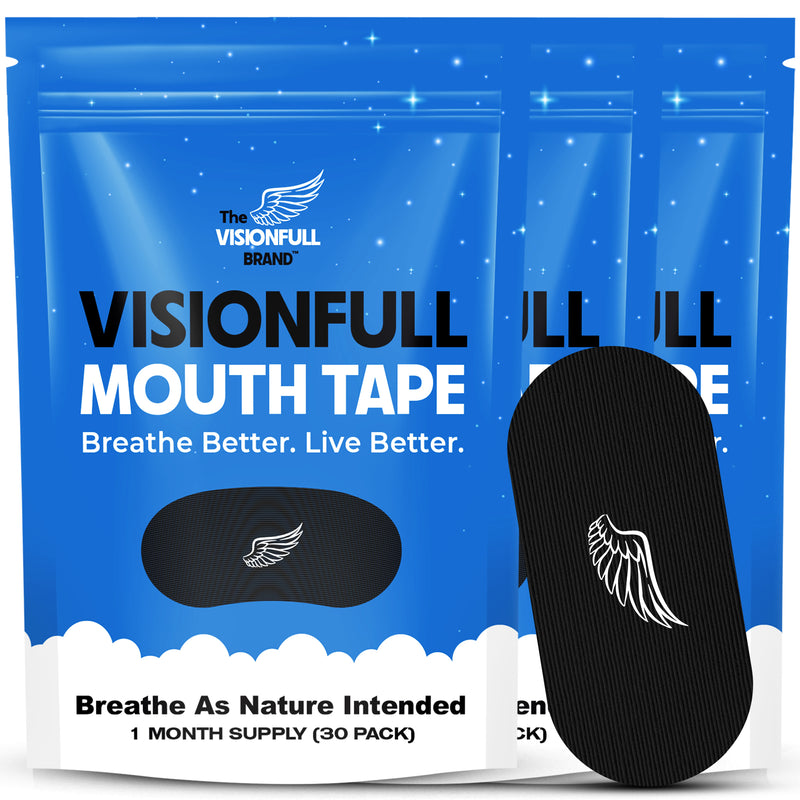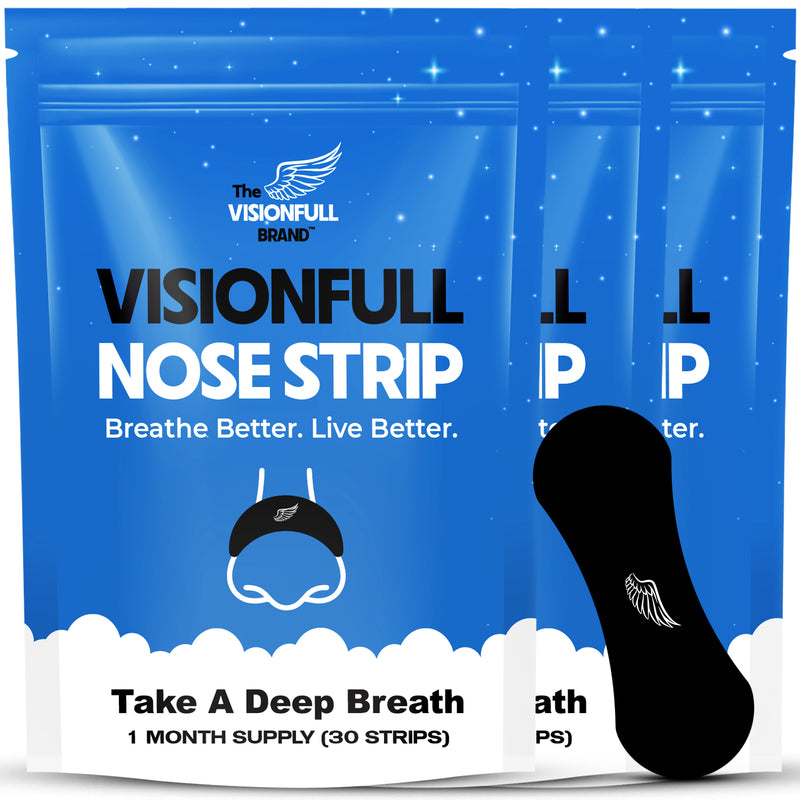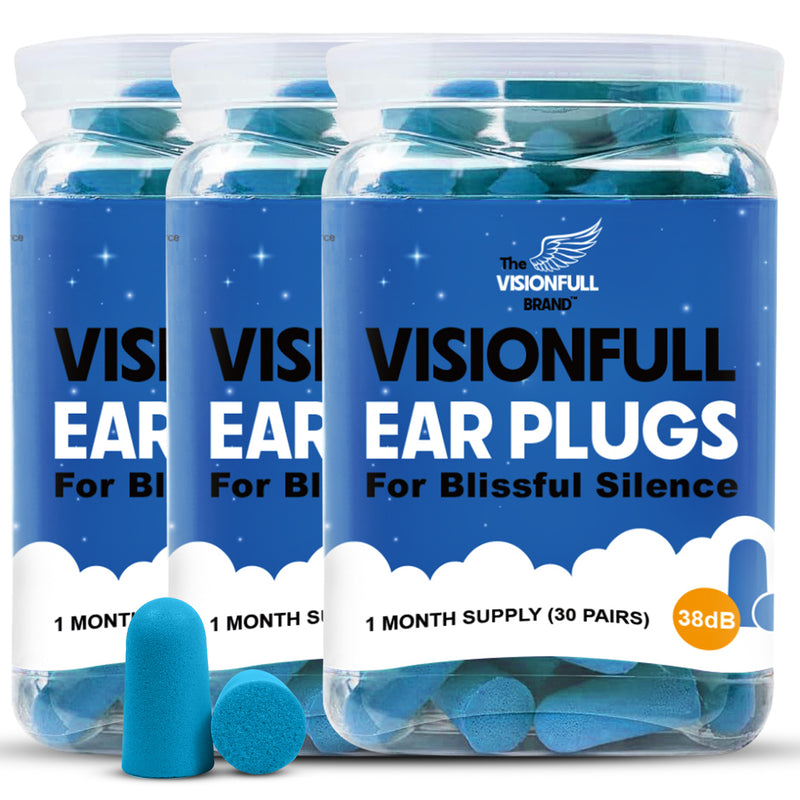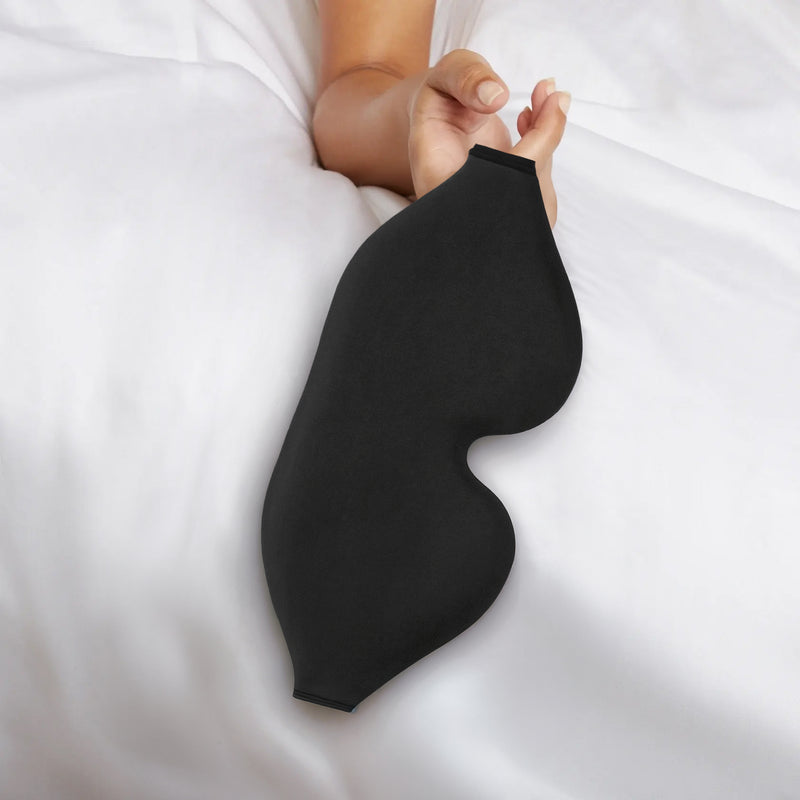Are you concerned about the effects of mouth breathing on your health and quality of life? Whether it's causing sleep disturbances, dental issues, or impacting your athletic performance, mouth breathing can be a silent disruptor. In this comprehensive guide, we'll walk you through actionable steps to correct mouth breathing, helping you achieve better health, improved sleep, and enhanced overall wellness.
Why Proper Mouth Breathing Matters
Proper breathing through the nose is crucial for maintaining optimal health and well-being. Nose breathing filters and humidifies the air, enhancing oxygen absorption and reducing the risk of respiratory infections. It also supports better sleep quality by preventing snoring and sleep apnea, which are often linked to mouth breathing. Additionally, nose breathing promotes dental health by keeping the mouth moist, reducing the risk of cavities, gum disease, and bad breath. For athletes and fitness enthusiasts, proper breathing can improve endurance and performance by ensuring efficient oxygen delivery to muscles. Overall, transitioning to nose breathing can lead to significant improvements in various aspects of health and wellness.
How To Fix Mouth Breathing
Step 1: Understand the Causes of Mouth Breathing
Before you can effectively address mouth breathing, it's essential to understand its root causes. Common triggers include nasal congestion due to allergies, sinus infections, or structural issues like a deviated septum. Identifying the underlying cause will help you tailor your approach to fixing mouth breathing, whether it involves medical treatment or lifestyle adjustments.
Step 2: Practice Nasal Breathing Exercises
Nasal breathing exercises can help train your body to breathe through your nose naturally. Start by practicing deep breathing techniques, such as diaphragmatic breathing, where you inhale deeply through your nose, allowing your abdomen to rise, and exhale slowly. Repeating these exercises several times a day can strengthen your nasal passages and make nose breathing more habitual.
Step 3: Address Nasal Congestion
If nasal congestion is a barrier to nose breathing, take steps to alleviate it. Use saline nasal sprays, humidifiers, or steam inhalation to clear your nasal passages. Over-the-counter decongestants or antihistamines can also be helpful, but consult a healthcare professional for persistent issues. Ensuring your nasal passages are clear is crucial for making the transition from mouth to nose breathing.
Step 4: Improve Your Sleeping Environment
Your sleeping environment can significantly impact your breathing patterns. Elevate your head with an extra pillow to reduce nasal congestion and encourage nose breathing. Consider using nasal strips or a mouth tape designed to keep your mouth closed during sleep. Creating a conducive sleeping environment can help reinforce nose breathing habits overnight.
Step 5: Strengthen Your Tongue and Facial Muscles
Strengthening your tongue and facial muscles can support proper breathing techniques. Exercises like pressing your tongue to the roof of your mouth, holding it for a few seconds, and repeating several times can help. Additionally, practicing facial exercises that involve the muscles around your nose and mouth can promote better nasal breathing.
Step 6: Monitor and Adjust Your Habits
Consistently monitor your breathing patterns throughout the day. Make a conscious effort to keep your mouth closed and breathe through your nose, especially during exercise or work. Reminders or setting alarms can help you stay mindful of your breathing habits. Over time, these adjustments will become second nature, leading to improved overall health.
Step 7: Seek Professional Guidance
If you struggle with mouth breathing despite trying these steps, seek professional guidance. A healthcare provider, such as an ENT specialist or a respiratory therapist, can offer personalized advice and treatment options, providing a comprehensive solution to address your mouth breathing concerns. They may recommend interventions like nasal surgery or specialized breathing therapies to address more complex issues.
How Does Mouth Breathing Impact Sleep?
Mouth breathing can significantly disrupt sleep quality by contributing to conditions such as snoring and sleep apnea. When you breathe through your mouth, the airway is more likely to collapse, leading to interrupted breathing patterns and reduced oxygen intake. This can cause frequent awakenings throughout the night, preventing you from reaching the deeper, restorative stages of sleep. Additionally, mouth breathing can lead to a dry mouth and throat due to reduced saliva production, increasing discomfort and the likelihood of waking up. Over time, these disruptions can result in chronic fatigue, impaired cognitive function, and a weakened immune system, highlighting the importance of addressing mouth breathing for better sleep health.
Does Mouth Taping Help With Mouth Breathing?
Mouth taping is a technique that can help reduce mouth breathing, particularly during sleep. By placing a small piece of medical tape over the lips, it encourages the mouth to stay closed, promoting nasal breathing. This method can be especially beneficial for individuals who struggle with mouth breathing at night, as it helps maintain an open nasal airway and reduces the risk of snoring and sleep apnea. However, it's important to use mouth taping cautiously and consult with a healthcare professional before starting, especially if you have underlying nasal congestion or respiratory issues. When used correctly, mouth taping can be an effective tool in transitioning to healthier breathing patterns and improving overall sleep quality.
What Simple Changes Can You Make To Promote Nose Breathing?
- Practice Deep Breathing Exercises: Engage in diaphragmatic breathing to strengthen nasal passages.
- Use Saline Nasal Sprays: Keep nasal passages clear to facilitate easier nose breathing.
- Elevate Your Head While Sleeping: Use an extra pillow to reduce nasal congestion.
- Stay Hydrated: Drink plenty of water to keep mucous membranes moist.
- Install a Humidifier: Maintain optimal humidity levels in your living space to prevent dry air.
- Perform Facial and Tongue Exercises: Strengthen muscles to support proper breathing techniques.
- Avoid Allergens: Minimize exposure to allergens that can cause nasal congestion.
- Use Nasal Strips: Apply nasal strips to open nasal passages during sleep.
- Monitor Your Posture: Maintain good posture to support optimal respiratory function.
- Seek Medical Advice: Consult a healthcare professional for persistent nasal congestion or breathing issues.

What Exercises Can I Do To Fix Mouth Breathing?
To fix mouth breathing, several exercises can help train your body to adopt healthier breathing patterns. Diaphragmatic breathing, where you inhale deeply through your nose and allow your abdomen to rise, is a foundational exercise that strengthens your diaphragm and nasal passages. Another effective exercise is the "Buteyko Method," which involves taking shallow breaths through the nose and holding your breath for a few seconds to increase carbon dioxide tolerance and improve nasal breathing efficiency. Additionally, tongue exercises, such as pressing your tongue to the roof of your mouth and holding it for a few seconds, can help reinforce proper oral posture and support nasal breathing. Regularly practicing these exercises can gradually shift your breathing habits from mouth to nose, leading to better respiratory health and overall well-being.
Conclusion
Transitioning from mouth breathing to nose breathing can have profound benefits for your overall health, from improving sleep quality and dental health to enhancing athletic performance and respiratory function. By understanding the causes of mouth breathing and implementing practical steps such as nasal breathing exercises, addressing nasal congestion, and making simple lifestyle changes, you can effectively shift your breathing patterns. Remember, consistency is key, and seeking professional guidance when needed can further support your journey towards better health. Embrace these changes with confidence, knowing that each step brings you closer to a healthier, more vibrant life.
Final Thoughts
Transform your sleep experience with The Visionfull Brand. Our high-quality products, including mouth tape, nose tape, and ear plugs, are designed to deliver unparalleled comfort and support throughout the night. Start your day feeling refreshed, focused, and ready to take on any challenge with our advanced solutions. Discover the Visionfull difference today.
Sources




